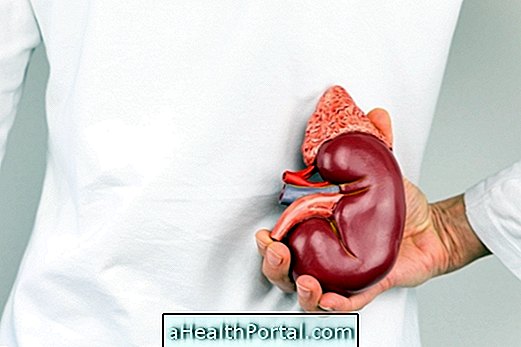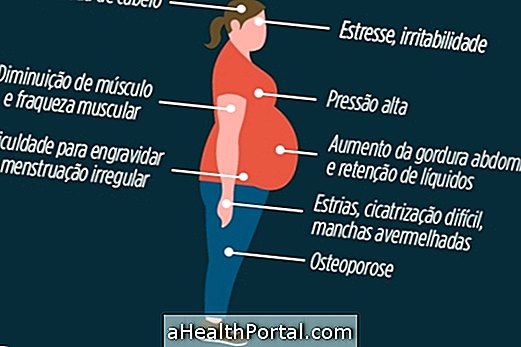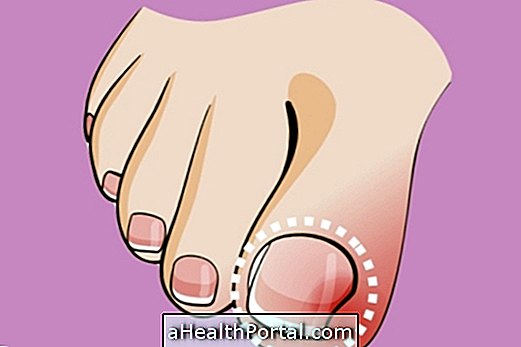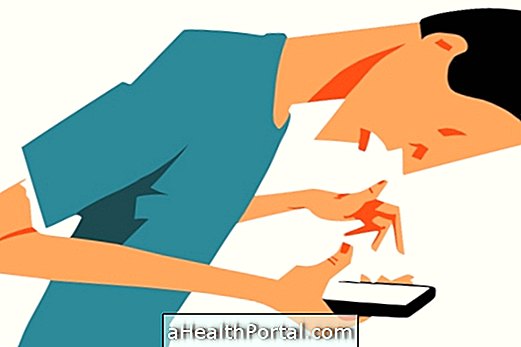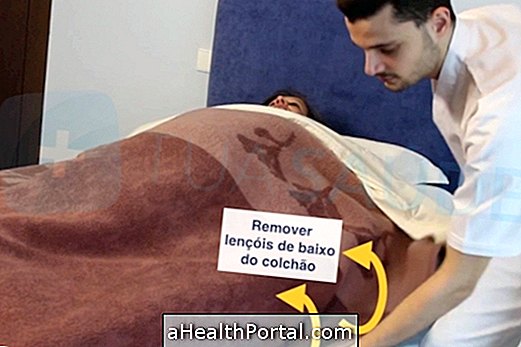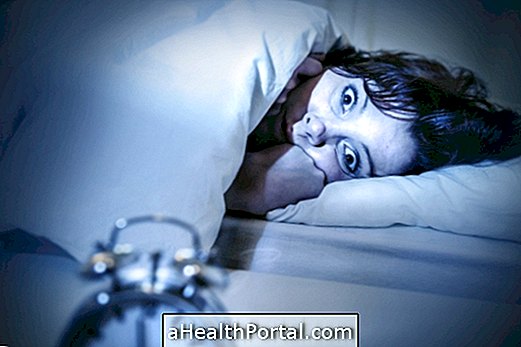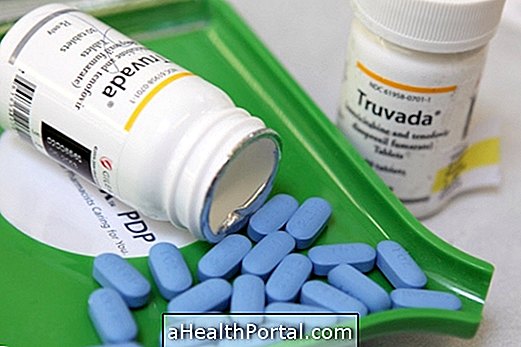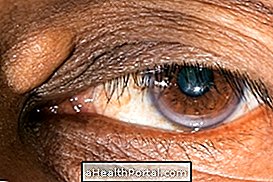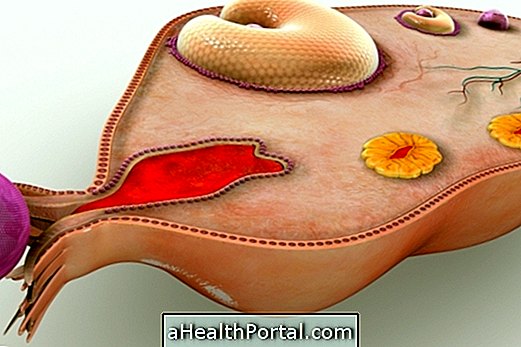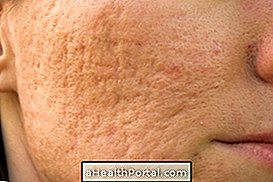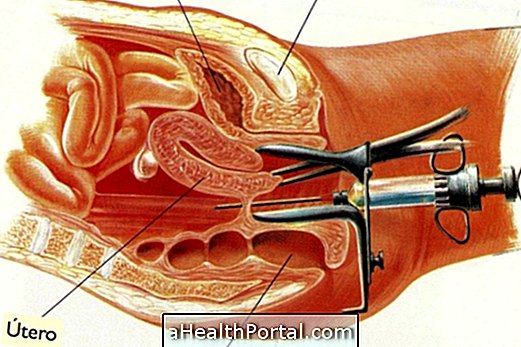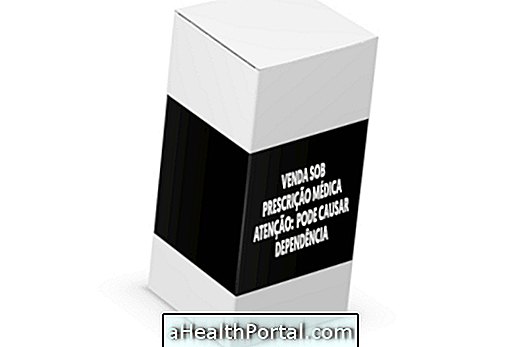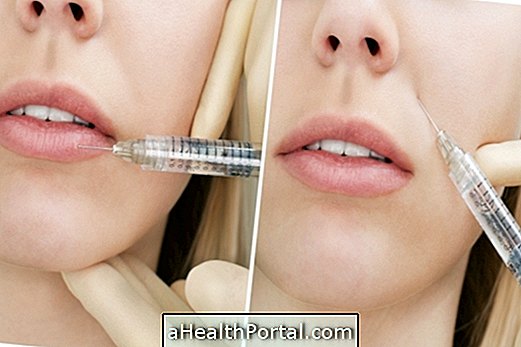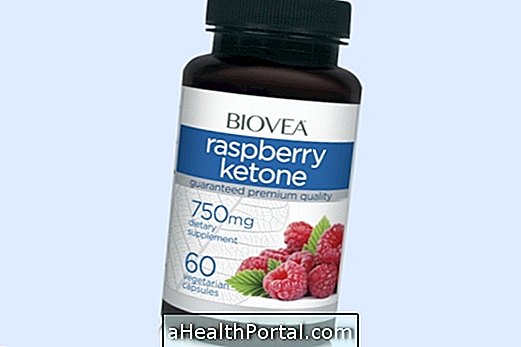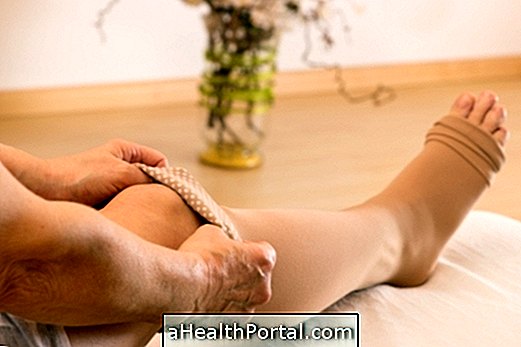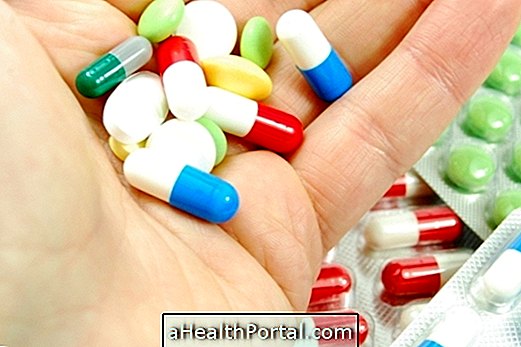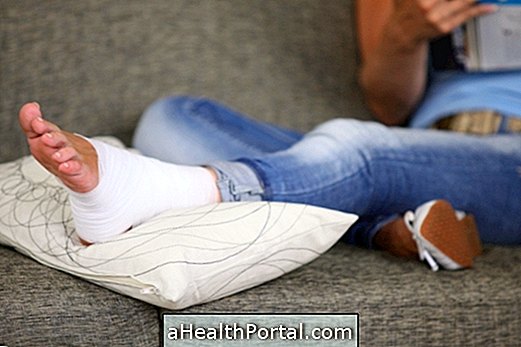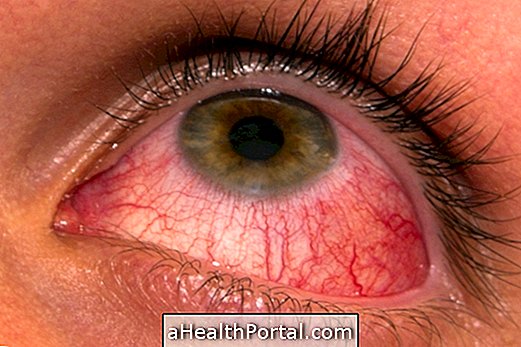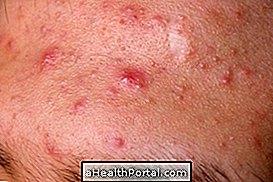Otitis externa is the common ear infection in infants and children, but it also happens after going to the beach or swimming pool, for example.
The main symptoms are earache, itching and there may be fever or whitish or yellowish discharge. The treatment can be done with medicines like Dipirone or Ibuprofen, indicated by the doctor. In cases where there is yellowish secretion, indicating pus, the use of antibiotics may be necessary.

Symptoms of Otitis externa
The symptoms of ear infection at its outermost part are milder than otitis media, and are:
- Ear pain, which may occur when you pull the ear slightly;
- Itching in the ear;
- Desquamation of the skin of the ear canal;
- Redness or swelling of the ear;
- There may be whitish discharge;
- Perforation of the eardrum.
The doctor makes the diagnosis by observing inside the ear with an otoscope, in addition to observing the presented symptoms and their duration and intensity. If symptoms persist for more than 3 weeks it may be indicated to remove a portion of the tissue to identify fungi or bacteria.
What causes
The most common cause of exposure to heat and humidity, common after frequenting the beach or pool, which facilitates the proliferation of bacteria, use of swabs, introduction of small objects into the ear. However, other more rare causes can occur, such as insect bites, excessive exposure to the sun or cold, or even by autoimmune inflammatory diseases such as lupus.
When the ear infection becomes persistent and called chronic otitis externa, the causes may be the use of headphones, acoustic guards, and the introduction of fingers or pens into the ear, for example.
Already malignant or necrotizing otitis externa is a more aggressive and severe form of infection, more common in people with impaired immunity or uncontrolled diabetics, which begins in the outside of the ear and evolves for weeks to months, causing intense ear and strong symptoms. In these cases, treatment with more potent antibiotics may be indicated for an extended period of 4 to 6 weeks.

Remedies for Otitis externa
The treatment is done with the guidance of the general practitioner or otorrino, usually with the use of topical remedies that promote cleansing to the ear like serum, alcoholic solutions, in addition to topical corticosteroids and antibiotics such as Ciprofloxacin, for example. If there is perforation of the eardrum it may be indicated aluminum acetotartarate 1.2% 3 times a day, 3 drops.
The general practitioner or otorhinolaryngologist may indicate the use of analgesics, such as Dipirone, Anti-inflammatories, such as Ibuprofen, especially in infants and children. Antibiotics for ear dripping can be used in adolescents or adults when there are signs of infection caused by bacteria such as yellowish discharge (pus), bad smell in the ear, or infection that does not stop even after 3 days of combined Dipirone + Ibuprofen.
Medications that may be used include neomycin, polymyxin, hydrocortisone, ciprofloxacin, ophthalmic ophthalmic, ophthalmic gentamicin, and ophthalmic tobramycin.
Home treatment
In addition to the treatment indicated by your doctor, it is also important to take certain home steps to recover faster:
- Avoid cleaning the ear with your fingers, swabs or pen caps, for example, preferring to clean only with the tip of a towel after the bath;
- If you go to the pool often use a cotton ball dampened with a little Vaseline inside the ear;
- When washing your hair, prefer to tilt your head forward and then wipe the ear.
- Drinking guaco tea with poejo because it helps to eliminate the phlegm, being useful to cure the flu or cold faster. As secretions aggravate the ear infection, this may be a good strategy for adolescents or adults.
If there is scaling or pus in the ear you can clean the area with the tip of the clean towel wet in warm water. Earwashing should not be performed at home, as there may be perforation of the eardrum to prevent the infection from getting worse.
How to relieve ear pain
A good way to relieve ear pain is to put a warm compress on the ear and rest. For this you can wipe the iron to warm up and then lie on it, touching the ear that is aching. However, it does not exclude the need to use the remedies indicated by the doctor.
How long does it take to heal?
The ear infection should be treated with the remedies indicated by the physician and the cure arrives in approximately 3 weeks of treatment. In the case of the use of antibiotics the treatment lasts from 8 to 10 days, but when only analgesics and anti-inflammatories are used the treatment lasts from 5 to 7 days, with improvement of the symptoms on the second day of treatment.
